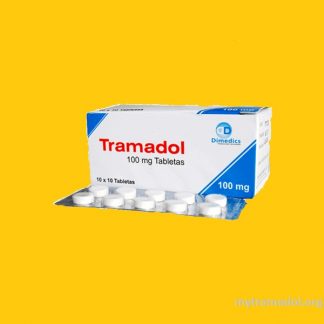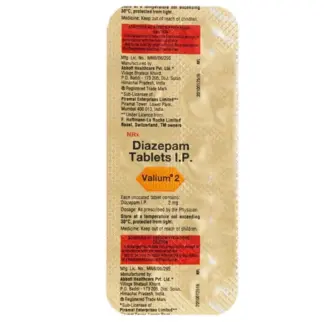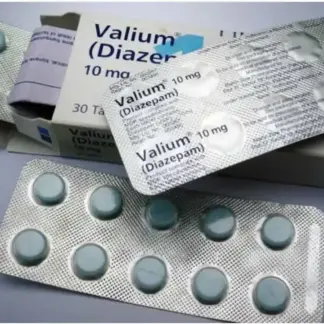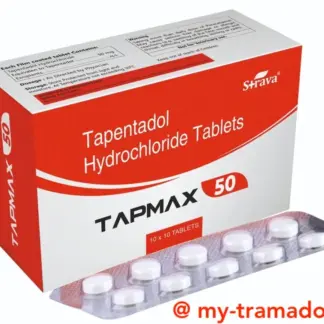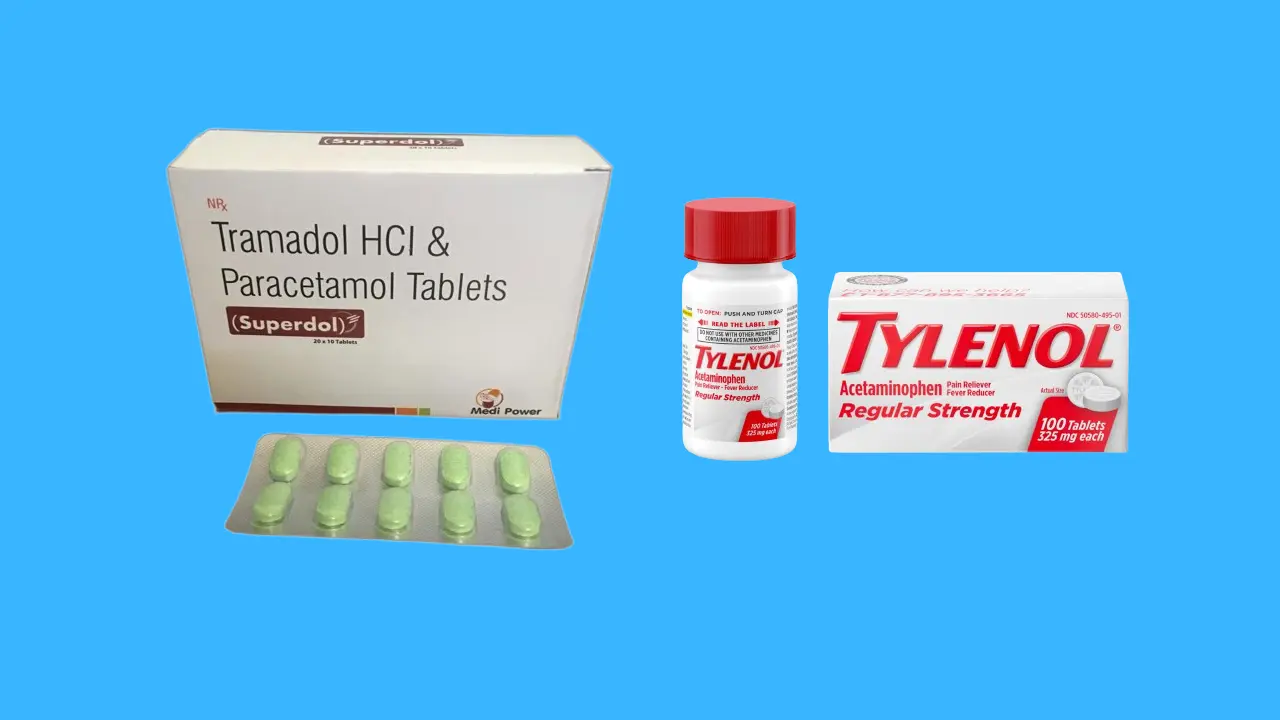
healthcare professionals often explore combining medications to achieve optimal relief while minimizing potential side effects. One such combination that has gained attention is the use of tramadol and Tylenol (acetaminophen) together. While this combination can be effective in managing certain types of pain, it is crucial to understand the potential risks, benefits, and proper use guidelines. This My Tramadol article on combining tramadol and Tylenol, empowering patients and caregivers with the knowledge necessary for safe and responsible use.
What is Tramadol:
Tramadol is a synthetic opioid analgesic that acts on the central nervous system. It works by binding to specific receptors in the brain and spinal cord, altering the perception of pain signals. Additionally, tramadol inhibits the reuptake of neurotransmitters like serotonin and norepinephrine, contributing to its analgesic effects. Tramadol is commonly prescribed for the treatment of moderate to severe chronic pain conditions.
What is Tylenol (Acetaminophen):
Tylenol, or acetaminophen, is a non-opioid analgesic and antipyretic medication widely used for the relief of mild to moderate pain and fever. It works by inhibiting the production of prostaglandins, which are chemical messengers involved in the perception of pain and inflammation. Tylenol is often considered a safer alternative to nonsteroidal anti-inflammatory drugs (NSAIDs) for patients with certain health conditions or risk factors.
The Rationale for Combining Tramadol and Tylenol:
The combination of tramadol and Tylenol can provide a synergistic effect in pain management. Tramadol targets the opioid receptors and inhibits neurotransmitter reuptake, while Tylenol works by reducing prostaglandin production. By targeting different mechanisms of pain perception, this combination may offer enhanced pain relief compared to using either medication alone.
Potential Benefits and Risks:
The potential benefits of combining tramadol and Tylenol include improved pain relief, reduced dosages of individual medications, and potentially fewer side effects compared to using higher doses of a single medication. However, it is crucial to be aware of the potential risks associated with this combination.
One significant risk is the potential for liver toxicity, especially with excessive or prolonged use of acetaminophen (Tylenol). Additionally, tramadol carries the risk of side effects such as nausea, dizziness, constipation, drowsiness, agitation, hallucinations, fever, sweating, shivering, fast heart rate, muscle stiffness, twitching, loss of coordination, and noisy breathing, sighing, or shallow breathing.
Contraindications and Precautions:
Tramadol should be used cautiously in patients with a history of substance abuse, liver or kidney disease, or those taking certain medications that can interact with it, such as monoamine oxidase inhibitors (MAOIs) or antidepressants. Tylenol should be used with caution in individuals with liver disease or those consuming excessive amounts of alcohol.
Safe Use Guidelines:
When combining tramadol and Tylenol, it is essential to follow the prescribed dosage and instructions carefully. Never exceed the recommended daily limits for either medication, as doing so can increase the risk of side effects and potential toxicity.
Proper patient education on the appropriate use, storage, and disposal of these medications is crucial. Patients should be advised to store the medications at room temperature, away from moisture and heat, and to dispose of any unused or expired medication properly, such as by mixing it with cat litter or coffee grounds in a sealed plastic bag before throwing it away.
Patients should also be informed about the potential for addiction and misuse associated with tramadol and the importance of taking the medication as prescribed. Additionally, they should be advised to report any concerning side effects, such as liver problems (upper stomach pain, loss of appetite, dark urine, jaundice, yellowing of the skin or eyes), blockage in a light headed feeling like you might pass out, or signs of serotonin syndrome (agitation, hallucinations, fever, sweating, shivering, muscle stiffness, twitching, loss of coordination, fast heart rate, noisy breathing, sighing, shallow breathing).
Tramadol and Tylenol: Quick Comparison
| Characteristic | Tramadol | Tylenol (Acetaminophen) |
|---|---|---|
| Drug Class | Synthetic opioid analgesic | Non-opioid analgesic and antipyretic |
| Mechanism of Action | Binds to opioid receptors, inhibits neurotransmitter reuptake | Inhibits prostaglandin production |
| Indications | Moderate to severe chronic pain | Mild to moderate pain, fever |
| Common Side Effects | Nausea, dizziness, constipation, drowsiness, agitation, hallucinations, respiratory depression | Generally well-tolerated at recommended doses |
| Contraindications/Precautions | Substance abuse history, liver/kidney disease, drug interactions (e.g., MAOIs, antidepressants) | Liver disease, excessive alcohol consumption |
| Controlled Substance | Yes (Risk of addiction, misuse, and overdose) | No |
| Storage and Disposal | Store securely, out of reach of children and pets; mix leftovers with cat litter or coffee grounds before disposal | Store at room temperature, away from moisture and heat; mix leftovers with cat litter or coffee grounds before disposal |
| Where To Purchase? | Buy Tramadol Online | Out Of Stock |
above table provides a concise overview of tramadol and Tylenol (acetaminophen) based on their drug class, mechanisms of action, indications, common side effects, contraindications and precautions, controlled substance status, and storage and disposal guidelines.
Conclusion:
Combining tramadol and Tylenol can be an effective pain management strategy when used appropriately and under the guidance of a healthcare professional. However, it is crucial to understand the potential risks, contraindications, and safe use guidelines associated with this combination. By following the prescribed dosage and instructions carefully, being aware of potential side effects, and properly storing and disposing of these medications, patients and caregivers can maximize the benefits while minimizing the risks. Ultimately, open communication with healthcare providers and responsible use are key to ensuring safe and effective pain management with this medication combination.

